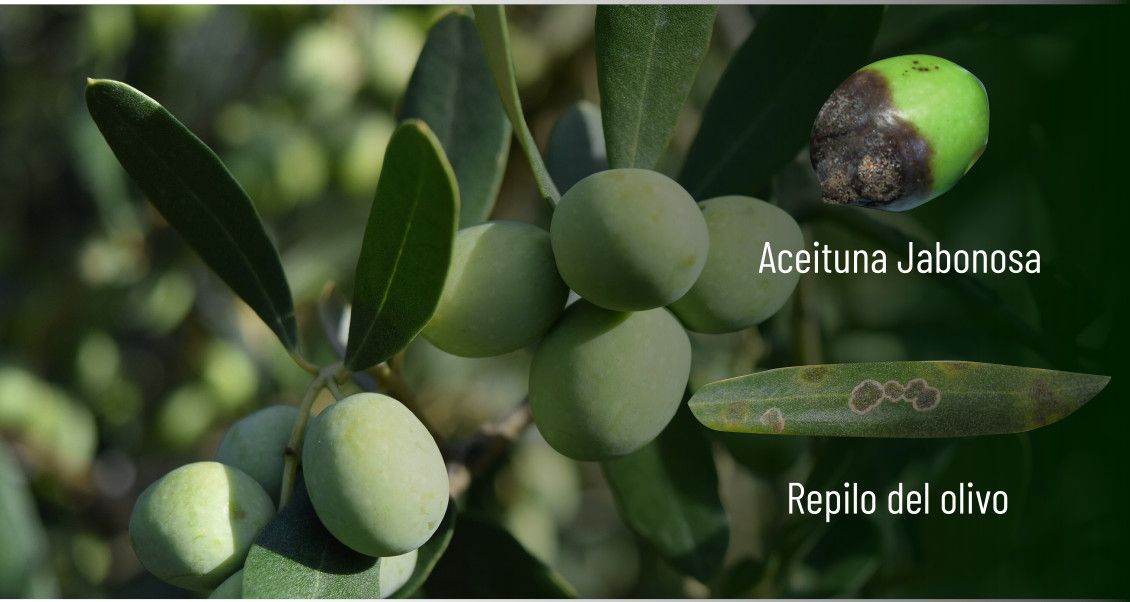Foliar treatment with ozone for the control of olive tree diseases
There are various diseases of infectious processes in which the common denominator is the humidity of the environment, the poor quality of water and temperature.

The diversity of the Spanish olive grove is very extensive, depending on the area, environmental humidity is of great importance and that the quality of the water is free of pathogens in the development of the disease. In the foliar treatment with ozone it is necessary to wet the entire foliar mass of the olive tree very well and preferably the lower and interior areas, where these diseases proliferate the most, the moments where the treatment must be applied the most is at the end of the summer before the first fall rains and repeat in the spring.
Olive disease (Cycloconium oleaginym Cas.) is considered the most widespread olive mycosis in olive-growing countries, it produces defoliation of trees, causing weakening and decreased productivity.
The most characteristic symptoms are the formation of circular spots of variable size and color that are initially dark in color, but soon turn yellowish, when it darkens again, the proliferation of the fungus develops on it.
The consequences of this foliar disease is the fall of leaves, which can become completely defoliated in the lower areas of the grove, the fungus survives in the fallen leaves and in the affected leaves on the tree, causing the spread of the disease. throughout the year, although the most frequent periods are from September to November and from February to April.
Soapy Olive (Gloeosporium livarum) is a Deuteromycete fungus that mainly affects the fruit, and even leaves, wood and shoots.
At the beginning of autumn is when it usually proliferates if it is preceded by a rainy year, since to develop it needs a relative humidity above 90% and a temperature of approximately 25º C.
The symptoms are clear, an oily ocher stain appears at the point of entry of the infection, producing a circular pink spore. This symptom can occur at any time during the evolution of the fruit, depending on the variety of olive.
In a maximum of 10 days this fungus can complete its cycle if the right conditions are met. Affected fruits left on the ground can cause reinfection the following year if environmental conditions are suitable.
Escudete (Macrophoma Dalmatica) is a disease that attacks the olive, it manifests itself by producing a dark circular spot, similar to that of the soapy olive, but with some black dots in the circular spot.
In general, it is not a widespread disease, but if it occurs, it should be acted as in the soapy olive.
Tuberculosis Del Olivo (Pseudomonas Savastonoi) is caused by a bacterium of the Eubacteriales order, very widespread in the Spanish olive grove.
The bacterium is introduced into the olive tree after pruning, harvesting, hail or frost. If the right circumstances occur, the bacterium spreads very quickly. The spread is through rainwater, rubbing of the branches by the wind and pruning instruments.
Tuberculosis results in the appearance of small, soft, smooth, greenish tumors. Once they have reached their full development, they harden and present a rough and cracked surface.
Humidity favors the infection of this bacterium, in which it should not be left and the appropriate measures taken, because once it is installed in the olive grove, it is difficult to eliminate it.
